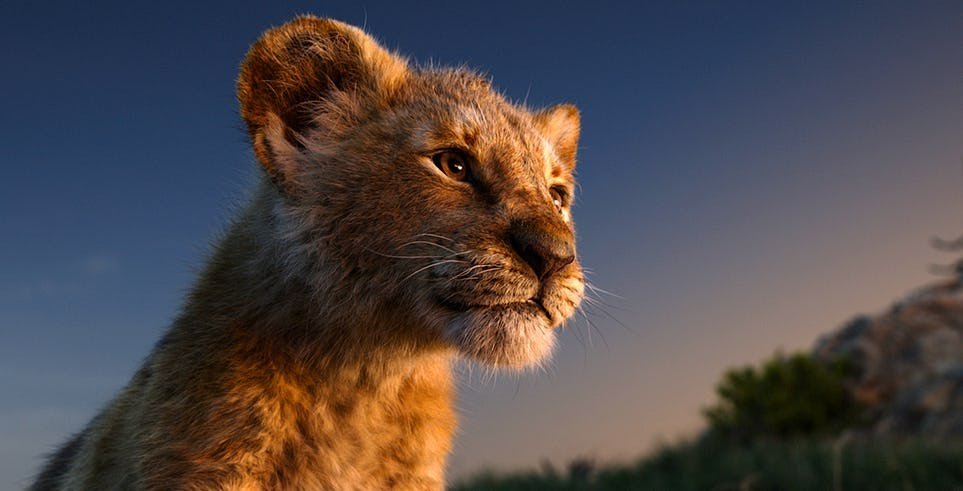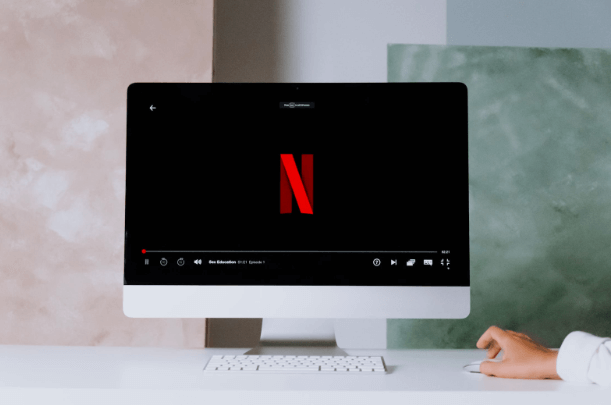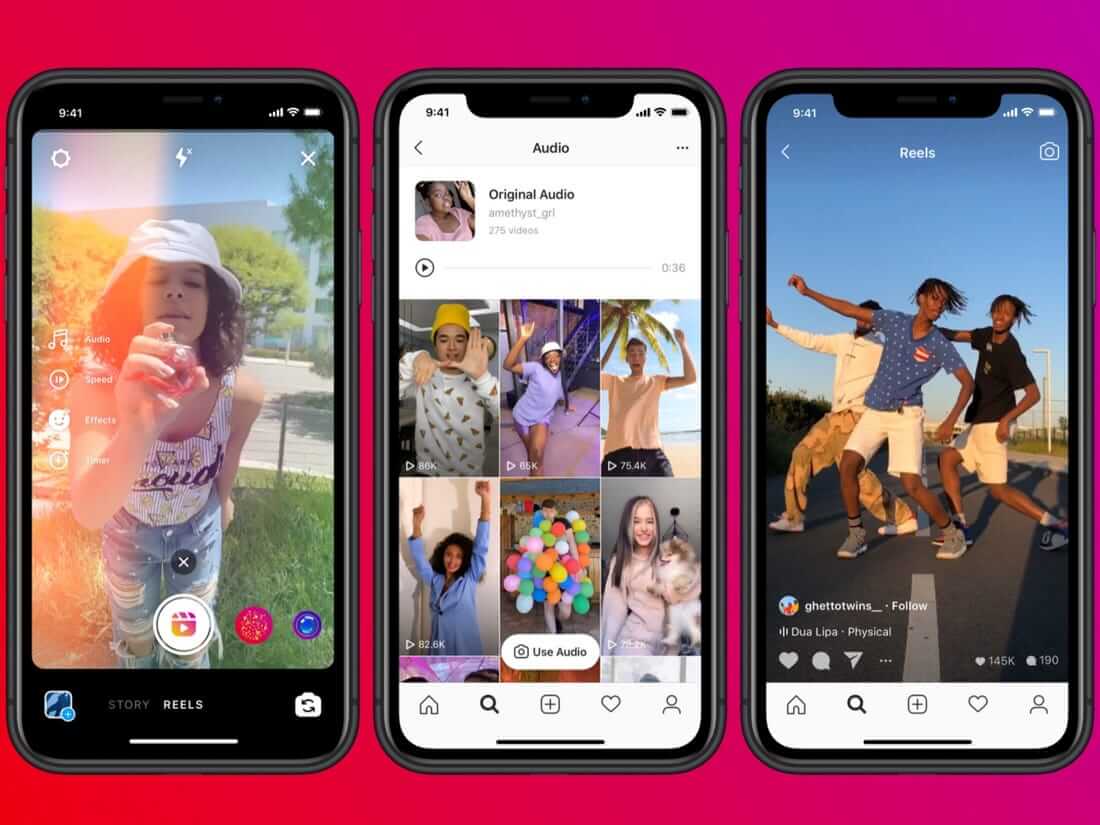Disney’s reboot, The Lion King is a visual masterpiece, portraying three years of effort by director Jon Favreau and his production team.
During the press conference after the film’s release, Favreau revealed some of the amazing methods used to produce The Lion King and the boundaries to which they stretched their limits in order to achieve realism.
“I’ve been working on both of these movies back to back for about six years,” he told the media. “And with all the technology available, I’d figured out how to use it all by the end of The Jungle Book. There’s a lot to be said for the technology, but these are handmade films. There are a lot of animators working on every shot. Every environment in the film, except for one shot that’s an actual photo, everything else is built from scratch from artists. And we had a great team assembled, and then the idea of using what we knew from (referring to theThe Jungle Book), all that technology is available for a great story like Lion King, it seemed like a wonderful, logical conclusion.”
The voice-recording in The Lion King was different from other mainstream animated films.
“I’ve been working on this one for about three years, and a lot of (the cast) have been working on it for the same amount of time,” Favreau said. “They came in back when it was still pencils. So it was a huge leap of faith for this fantastic cast that we have. And, of course, musically for Lebo M. and Hans Zimmer, who were so involved in the original, to trust that it could turn out well. It was a huge leap of faith. In many cases, the cast came back and kept recording, especially for the comedy bits. This isn’t like one of those things where I’ve been working alone. This is a large group of artists, people who were involved in developing the musical landscape of it. Coming in and recording through improvisation, re-doing scenes, re-writing scenes.”
The production team was expert in mashing VR advancements with camera technology in order to film the movie in a VR-simulated environment.
“That was actually one of the big differences between Jungle Book,” Favreau added. “With Jungle Book, we were using the same facial-capture technology developed since Avatar. But towards the end of Jungle Book, there was a slew of consumer-based VR products that were hitting the scene.”
He further told, “So we started experimenting with The Jungle Book and realized we could make this really cool system of filmmaking with gaming technology and VR technology. So we were essentially writing out own code as we going forward… We could design the environment, we could take the audio from the performances by the actors, and we would animate within the game engine. So the film crew could go in and set a camera within VR.”
Despite all the technology, Favreau still believes that the heart of the film comes from the cast. “There were lots of steps to this process, and that’s why it took so long… to me, casting is the foundation of great cinematic storytelling. I didn’t come from the tradition of visual direction. It’s always been about storytelling and performance. I came up as an actor. You have to get the best people you can. They’re the ones who are going to do everything. We built everything off of our cast. So we started in just a room, like a black-box theater, it was like a theatre rehearsal. It was like what you do with that. You’d grab the book for the first time and you’d move around the stage, starting to figure your character out. And everyone would act together. We would get them into groups and we had them all mic’ed, so we could use the sound was usable or the film, and we had them interacting and improvising. At that point, we would take basically an audio play we would cut from that, and we would shoot video on long lenses so we could have a reference of what they were doing with their faces. And we would give that to the animators, and the animators would take the decisions they would make and transfer that onto what a lion would do or what a hyena would do. Because if we just motion-captured them and put their human face on the animals, I was concerned that would blow the illusion of being a naturalistic documentary.”
“We looked at what Hans (referring to Hans Zimmer) did with Planet Earth, all the things David Attenborough has done, about how much emotion can be expressed without human expression, just with music and editing and the story that you’re telling. It was like Babe, which was an inspiration for what we did on Jungle Book. How much expression and emotion could come out of those characters without that human performance. That was the real challenge for the animators, having to figure out how to express those performances through the language of an animal’s emotive (referring to the animal’s capability of expressing emotions).”


























Leave a Reply